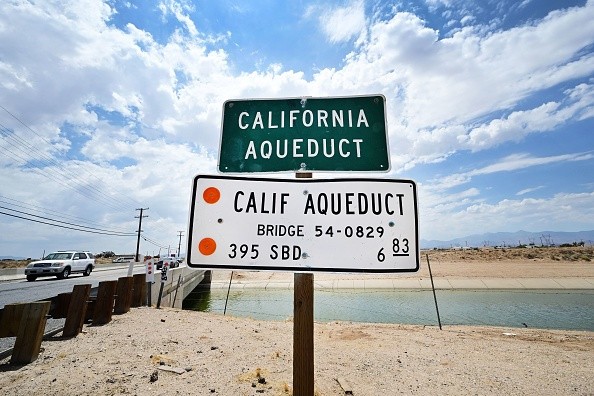California advanced the updated Delta water tunnel project to increase water supplies that would provide more water to millions of people in the San Joaquin Delta in Northern California and some to the South, as reported in the release of the final lengthy environmental impact report of the plan.
The proposal discussed that a 36-foot-wide tunnel, buried deep underground, would carry water for 45 miles from the Sierra Nevada mountains to Bethany Reservoir in the Central Valley near Tracy, which would then be pumped to residents.
California Advances Updated Delta Water Tunnel Project
The officials said their plan was essential to increase water supplies and improve earthquake resilience. California Gov. Gavin Newsom said in a press release on the project on December 11 that doing nothing was not an option.
"After the three driest years on record, we didn't have the infrastructure to fully take advantage of an exceptionally wet year, which will become more and more critical as our weather whiplashes between extremes," he added.
When heavy rains pour down on Northern California in January, the project could capture water to supply 2.3 million people. Instead, the freshwater through watersheds and downriver would end up in the ocean.
The governor's office stated that about two-thirds of the state's water originates in the Sierra Nevada mountains, and water management projects already provide water to 27 million people and 750,000 acres of farmland in the state, with economic benefits estimated at $400 billion.
However, the state is forecasted to lose 10 percent of its water supply by 2040.
Newsom explained that the proposed project was essential to updating the water system for millions of Californians. The new approach would redesign following community and environmental input, which is how they can build a California of the future.
Now, construction on the project could start as early as 2030.

Environmental Concerns
Some environmental groups have questioned the project's impact on fish and the surrounding area. The 3,500-page environmental review also found similar concerns with certain species, including Chinook salmon.
The review recommended a series of mitigation efforts, including filters on entranceways to reduce the risk of death to specific fish.
California's well-funded environmentalists disapprove of almost any new large-scale water infrastructure project. Furthermore, Delta farmers and community leaders also fear any tunneling project that would degrade their Delta even more.
Restore the Delta, a Stockton-based group adamantly opposed to the tunneling plan, said that the state needs to speak openly about the sacrifices expected of the people of the Delta for the project to advance.
Doug Obegi, a Natural Resources Defense Council lawyer, explained that the project would result in a worse ecological state for native fish and wildlife in the Delta.
The Delta Counties Coalition called the project another deficient plan that would do little to improve statewide water supplies and harm the Delta.








